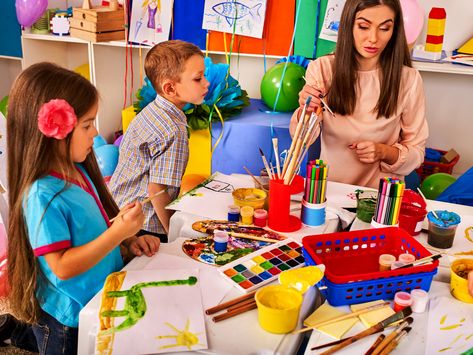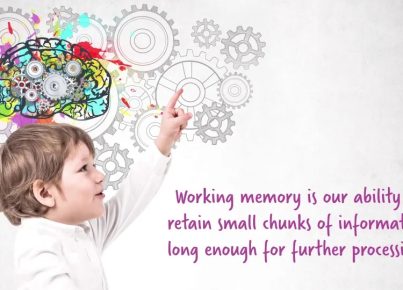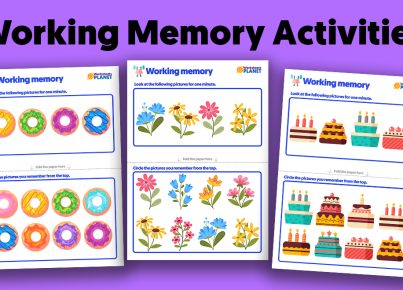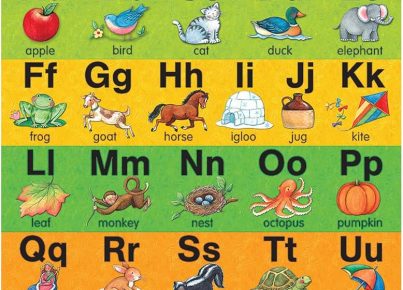In today’s fast-paced and competitive educational environment, there is a growing emphasis on students acquiring knowledge and preparing for standardized tests. Although these goals are important, a focus on creativity and nurturing ‘flow’ in the classroom is equally vital for the development of well-rounded, innovative thinkers. This article will explore the concept of creative flow and outline strategies for its incorporation into education.
Flow is a psychological theory articulated by Mihaly Csikszentmihalyi, an acclaimed Hungarian psychologist. Drawing from his research on happiness and creativity, Csikszentmihalyi proposes flow as a state where individuals become completely immersed in an activity or task, experiencing optimal engagement and focus. Flow is critical for fostering creativity and problem-solving skills in children.
Here are several reasons why it is important to cultivate creative flow in the classroom:
1. Enhanced engagement: When students enter a state of flow, they become deeply engaged with their work, which results in greater focus and higher-quality outcomes.
2. Improved mental wellbeing: Flow states can contribute to reduced stress levels and increased feelings of happiness and accomplishment. Students who regularly experience flow may also develop better emotional coping skills.
3. Nurtures intrinsic motivation: Flow connects students to their innate curiosity and love for learning by tapping into their interests and passions. This can lead to enhanced motivation both inside and outside of the classroom.
4. Encourages collaborative learning: By engaging in activities that promote flow, students often develop stronger communication, team-building, and leadership skills.
To create an environment conducive to fostering creative flow in the classroom, teachers can employ the following strategies:
1. Offer choice: Give students opportunities to select topics or assignments based on their interests. This autonomy increases their personal connection to tasks and enhances motivation.
2. Provide meaningful real-world challenges: Facilitating project-based learning with real-world applications can help students discover the relevance of their education and encourage problem-solving.
3. Encourage self-reflection: Allowing time for students to review their progress, identify areas for improvement, and take responsibility for their learning fosters intrinsic motivation and ownership.
4. Foster a supportive classroom culture: Create an environment where risk-taking, creativity, and exploration are valued over competition. Encourage collaboration by promoting group projects and open discussions.
5. Offer varied forms of assessment: Assess student performance using multiple formats, such as presentations or projects, to capture a broader range of abilities and skills.
Integrating creative flow into our educational institutions is a vital shift toward nurturing the innovative and resilient minds needed in today’s ever-changing world. By emphasizing these elements in the classroom, we directly support our children’s ability to thrive long after they’ve completed their formal education.





